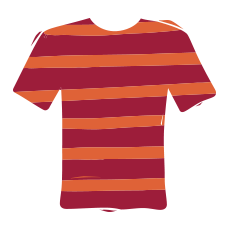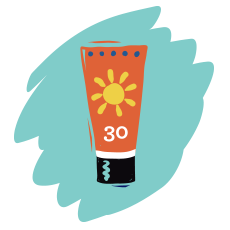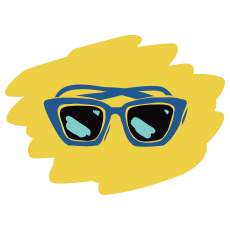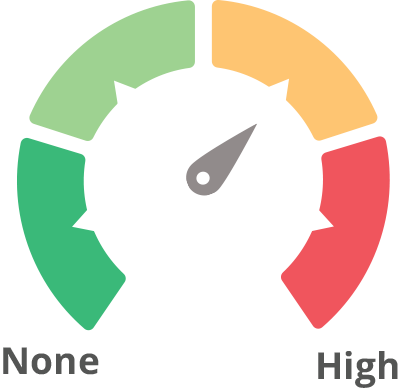

Please note that EWG obtains the displayed images of products from third parties and that the product's manufacturer or packager may change the product's packaging at any point in time. Therefore, EWG assumes no responsibility for the accuracy of images presented.
Close

EWG assumes no responsibility for the accuracy of images presented.
Sunscreens can break down while still in the bottle. To be safe dispose of products when the mixture clumps or separates.







Retailers:Crunchi http://crunchi.com/
(EWG may receive a commission on purchases made through an Amazon link.)Ingredients from label ACTIVE INGREDIENT: Zinc Oxide 12.5%. INACTIVE INGREDIENTS: Bisabolol*, Butyloctyl Salicylate, Butyrospermum Parkii (Shea) Butter*, Cetearyl Alcohol, Cetearyl Olivate, Cetyl Palmitate, Citric Acid, Coco-Caprylate/Caprate, Coconut Alkanes, Ethyl Ferulate, Ethylhexyl Olivate, Glyceryl Caprylate, Glyceryl Undecylenate, Heptyl Undecylenate, Phenethyl Alcohol, Polyhydroxystearic Acid, Propanediol, Sodium Hyaluronate, Sodium Phytate, Sodium Stearoyl Glutamate, Sorbitan Oleate, Sorbitan Olivate, Sorbitan Palmitate, Squalane, Tocopherol, Triethoxycaprylylsilane, Vitis Vinifera (Grape) Seed Oil*, Water, Xanthan Gum
Concerns: Cancer (low), Developmental/reproductive toxicity (low), Use restrictions (high), Endocrine disruption (low), Irritation (skin, eyes, or lungs) (low)
Concerns: Cancer (low), Allergies/immunotoxicity (moderate), Enhanced skin absorption, Use restrictions (moderate), Persistence and bioaccumulation (low), Non-reproductive organ system toxicity (low), Ecotoxicology (low), Occupational hazards (moderate), Biochemical or cellular level changes (high)
Concerns: Enhanced skin absorption, Use restrictions (moderate)
Concerns: Use restrictions (moderate)
Concerns: Cancer (low), Enhanced skin absorption, Endocrine disruption (low), Irritation (skin, eyes, or lungs) (high)
Concerns: Cancer (low), Allergies/immunotoxicity (low), Endocrine disruption (low), Contamination concerns (HYDROQUINONE)
Concerns: Allergies/immunotoxicity (low), Use restrictions (low)
Concerns: Use restrictions (low)
Concerns: Use restrictions (low)
Concerns: Enhanced skin absorption, Use restrictions (low), Irritation (skin, eyes, or lungs) (low)
Concerns: Use restrictions (low)
Concerns: Enhanced skin absorption
Concerns: Use restrictions (low), Irritation (skin, eyes, or lungs) (low)
Concerns: Use restrictions (low)
Concerns: Cancer (low), Non-reproductive organ system toxicity (low), Irritation (skin, eyes, or lungs) (low)
Concerns: Use restrictions (low)
Concerns: Endocrine disruption (low)






UVA/UVB Balance

EWG's estimate of the UV protection provided by this product. An ideal sunscreen filters UVA and UVB rays evenly, but some sunscreens let too many UVA rays through.
Close